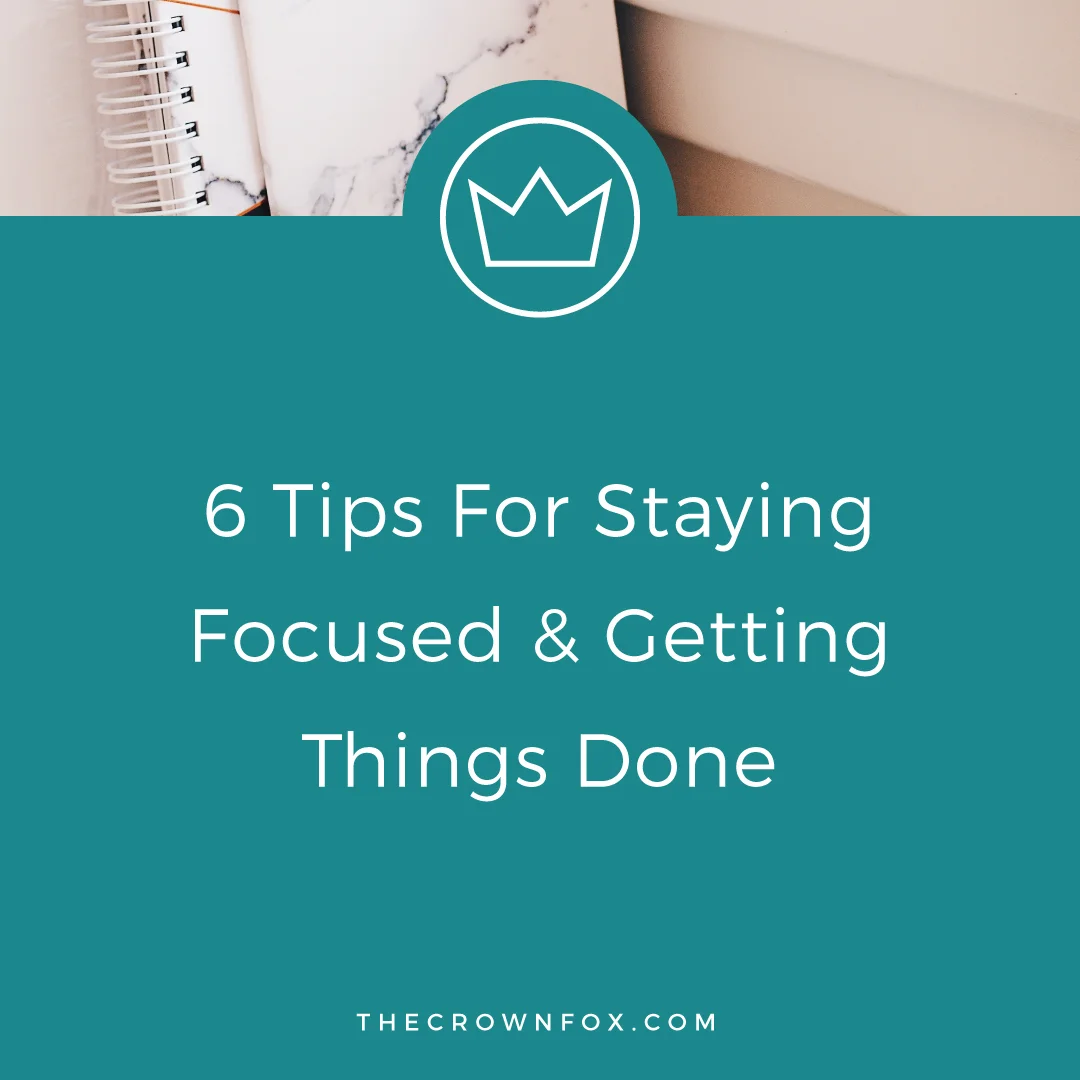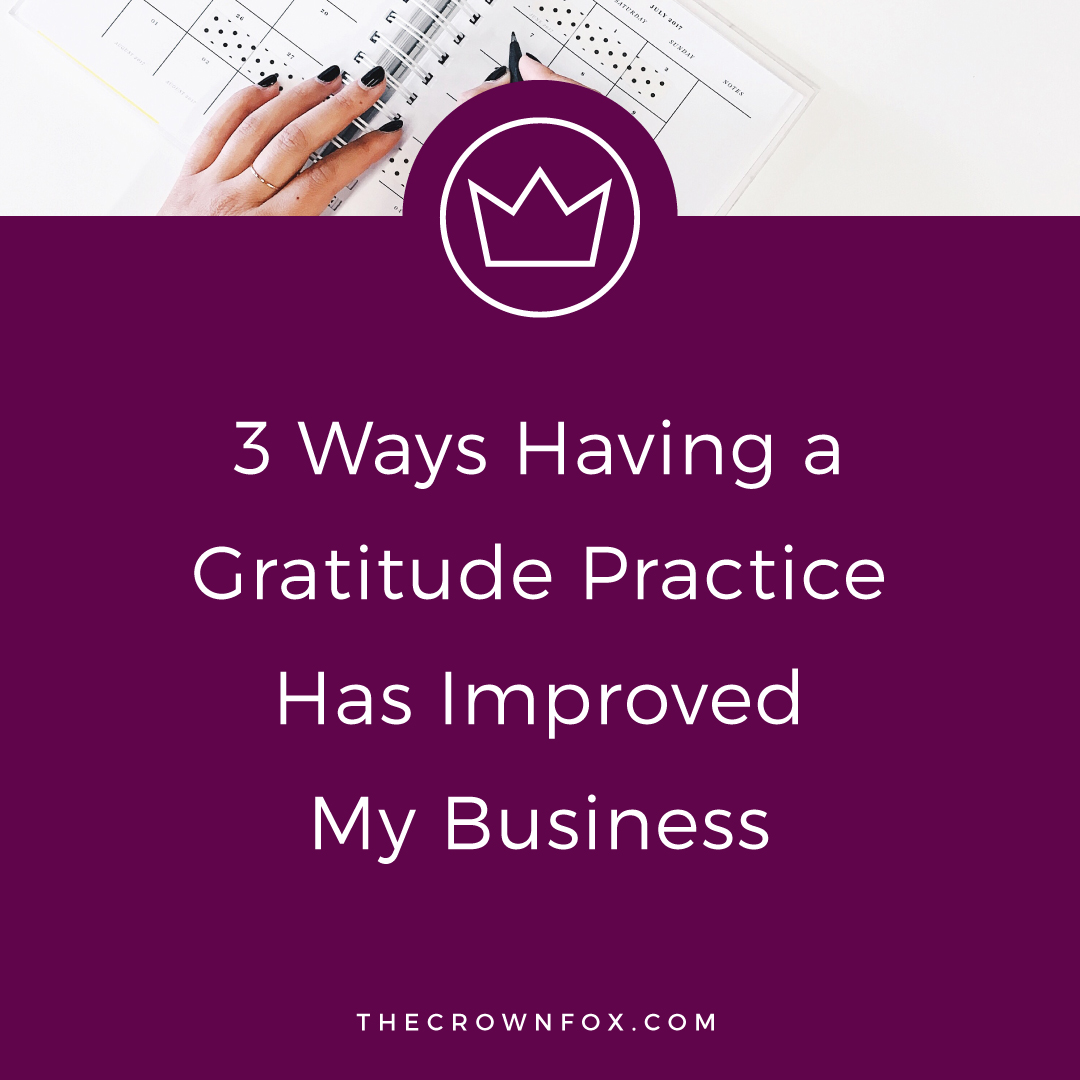I recently asked for some feedback on Twitter about where people feel they struggle or are stuck with branding. I heard back from some people and there was some concern about creating cohesive social media graphics. I thought we could talk about that today, since for a lot of us with online businesses social media is responsible for growth and success.
REFER TO YOUR STYLE GUIDE
In this post I talked about creating a style guide for your branding. This will definitely contain rules that carry into developing your social media graphics. For example, maybe you have already set the precedence that you use Raleway font or that you emphasize things by switching to a heavier weight. Carry those rules from your website, or printed collateral, into your social media graphics. Create them to reflect the same stylistic decisions – colors, fonts, spacing, and so on.
Depending on how in-depth you previously were in your style guide, this might be a good opportunity to update it with more detailed information. As stated in that post the more specific, detailed, and elaborate you are – the better.
With social media graphics you’ll want to create versions (or sizes) for different platforms, but follow the same feeling across the board. You can have some room for variation – especially if your branding incorporates things like stock photos. My social media graphics for TheCrownFox are extremely consistent across the board – the biggest change being in color. There are other examples of great branding that are less obviously consistent, but keep things like black and white stock photos with whatever typographical treatment to tie things together. You can definitely be less obviously consistent than me, but you’ll want to keep things like your fonts and colors as consistent as possible to be that visual reminder of who’s social media graphic it is.
USE TEMPLATES
If you’ve already caught the Systemize Your Branding Masterclass you saw my templates for social media graphics in use. My favorite tool is Adobe Illustrator and I use it to create a multi art board document with all the variations of my graphics (since my variation is color based, there are 12 options of how my graphics might look).
I can’t stress how vital making a template is, whether you’re using Illustrator, Photoshop, or even Canva. Having a pre-made, already designed in the right way graphic, where you just need to update text will save you so much time and give you so much consistency. Creating something new each time will leave a lot of room for error, difference, and not build up that cohesive approach. In general, if there’s an option to create some sort of template for any avenue of your business – I strongly recommend doing it.
POINT TO YOUR WEBSITE
I recommend having your website visible on your graphics, so that even if at that point and time someone isn’t clicking through to your website, they still are being shown in multiple times. For example, a lot of my blog post pins on Pinterest say the word “branding” somewhere in the title, and my website is on it. Over time the hope is that you’ll see branding and TheCrownFox in conjunction enough times that when you have a question about branding or need a graphic designer I will pop into your head.
To the last point, in your template, keep your website in the same consistent area of your graphics. The standard seems to be just at the bottom of your pins, but if you want it elsewhere that’s fine – I would just keep it pretty similar across all your graphics. This will help to start building up that recognition for people viewing your graphics on Pinterest or Twitter or Instagram.
LEAVE ADJUSTMENT ROOM
Earlier this year I updated my graphics because my original design had no room for adjustments and had become incredibly limiting. I used to justify everything and try to put the emphasis word of a blog post title into the center. This became SUPER limiting on how I could title blog posts and caused some weird design rules to be broken. I realized the error in my ways and have since created a design that has a little bit more wiggle-room, which has made my life much easier!
So I recommend this to you too. Think about practically, not just the one thing you are designing when you make your template. Think about how you usually word your blog posts titles (or quotes, or whatever it is you are posting the most of). Make sure what you are using will fit that easily. If you are starting to feel too limited by your social media graphics, then it might be time to switch it up and use this newfound knowledge to create something easier to work with.
KEEP SIMILAR ELEMENTS
Depending on the rest of your branding and what special or unique details you have, you’ll want to carry those into your social media graphics too. So I use the bottom color bar across graphics on my website, which then made sense to carry into my social media graphics as well. Just another visual reminder or cue to anyone finding me on any social platform or on my website that I’m the same business.
If your website graphics look way different than your social media graphics I recommend you take the time to find consistency between them. If someone was to navigate to your website via a social media graphic and then it looked completely different they might think they found the wrong website and leave. The aim is always to represent the same cohesive branding and business across all the possible ways someone can see or find you.
Take time to find what these unique details are that you might be drawn too, or be using elsewhere, and then pull them into your graphics. If you like emphasizing words with another font, then pull that into your graphics. If you double underline important things, then pull that into your graphics. I will say – less is more with social media graphics (and with branding in general, in my opinion) so don’t put 100 unique details and the kitchen sink on your graphics, but do pull in a way that someone will be able to recognize them as your graphics.












Hi! I’m Kaitlyn!
I believe that you can create a life and business you love by listening to your own inner guidance system. I think there's plenty of strategies + hacks to learn and a ton of “how to” content you can consume but ultimately you are your best guide, the best guru, the best compass, and the best source of inspiration! I’m here to help you learn to trust that voice inside, step into your incredible power, and create YOUR dream business + life.
Let’s work together!